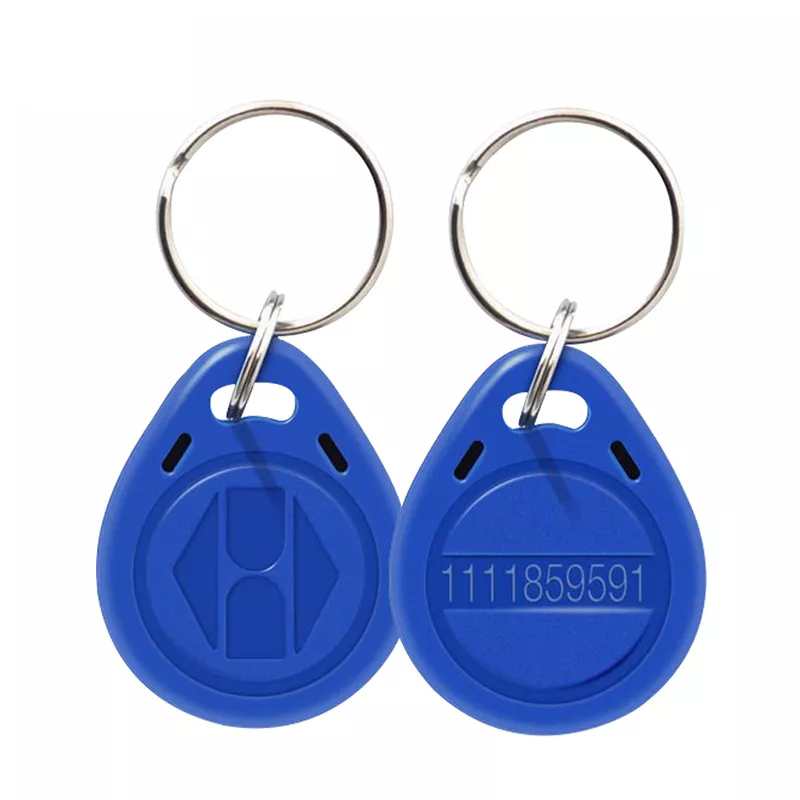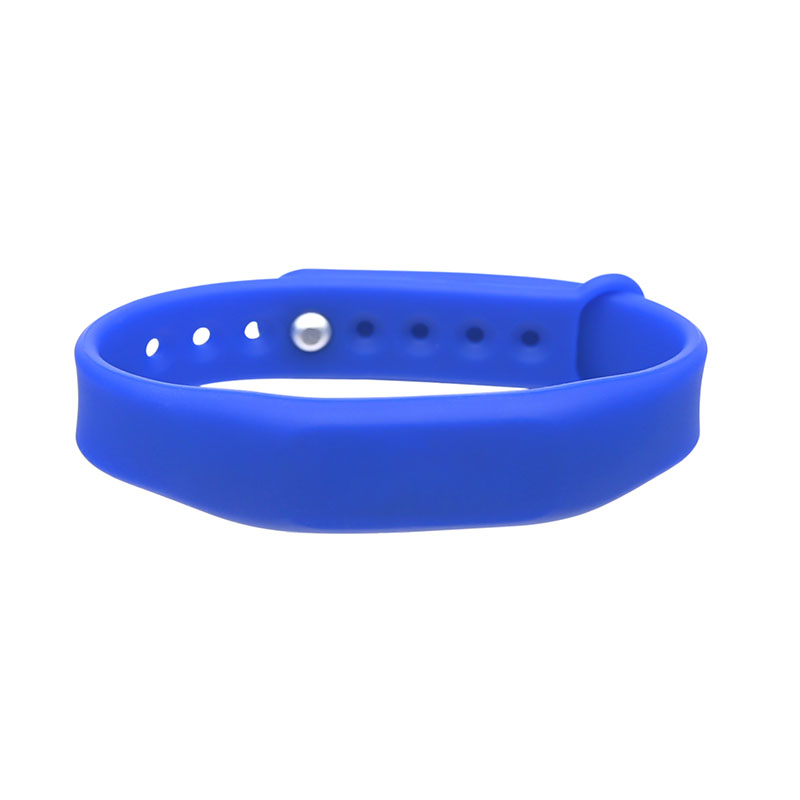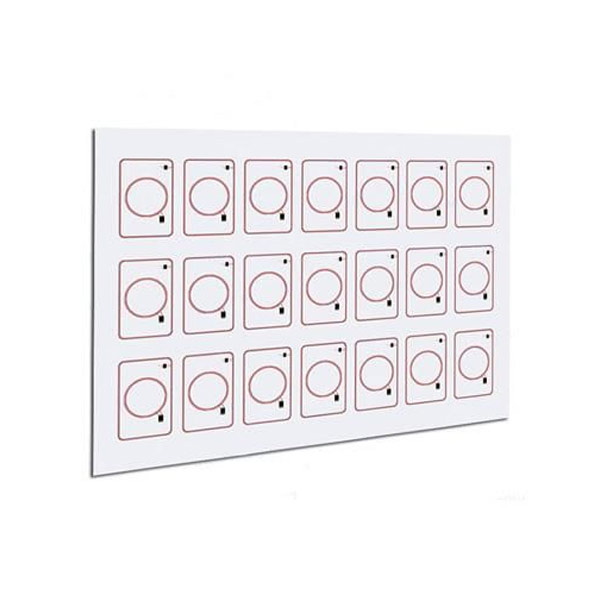
As the music festival scene embraces digital transformation, RFID (Radio Frequency Identification) wristbands have emerged as a game-changing innovation. These smart bands are rapidly replacing traditional paper tickets and manual systems, bringing a new level of efficiency, engagement, and security to large-scale events. Whether it’s enabling fast entry, facilitating cashless payments, or providing valuable attendee insights, RFID technology is reshaping how festivals are managed and experienced. Here are ten compelling reasons why RFID Wristbands are essential for modern music festivals
1. Fast and Hassle-Free Entry
RFID Wristbands dramatically improve entry logistics by allowing contactless check-in. Attendees simply tap their wristbands on scanners for instant access—no need to show printed tickets or digital codes. This process can handle thousands of people per hour, minimizing wait times and eliminating bottlenecks. For multi-day events, RFID makes re-entry smooth and secure. With faster gate processing, organizers can optimize staffing and deliver a better first impression, which leads to greater attendee satisfaction and increased early engagement on-site.
2. Advanced Security and Fraud Prevention
Security is a top concern for large gatherings. Each RFID Wristband is uniquely encoded and linked to the attendee’s identity, making it extremely difficult to counterfeit. If a band is lost, it can be quickly deactivated and replaced—something that’s not possible with paper tickets. These wristbands also enable tiered access control to specific zones, such as VIP areas or backstage. Real-time monitoring helps detect unusual activity, such as overcrowding or unauthorized entries, allowing for immediate intervention. This digital traceability also aids in compliance with legal and insurance regulations.
3. Seamless Cashless Transactions
One of the most powerful features of RFID Wristbands is enabling cashless payment systems. Attendees can preload funds or link a credit card to their wristbands via the event’s app or onsite kiosks. This not only speeds up purchases at food stalls and merch booths but also reduces the need for physical cash, cutting down theft risk and accounting errors. Vendors benefit from quicker transactions and higher throughput, while organizers gain access to valuable sales data. Events using cashless RFID often report significant increases in per-capita spending due to ease and convenience.
4. Real-Time Crowd Control
Every RFID scan generates real-time data on crowd movement. Event organizers can analyze this information to monitor attendee flows, identify hotspots, and adjust layouts or staffing accordingly. If a certain area becomes congested, alerts or app notifications can redirect traffic. Over time, these insights contribute to smarter planning, safer venue design, and more effective emergency response strategies. In critical situations, knowing attendee locations helps direct evacuation efforts more efficiently.
5. Tailored Experiences and Personalized Interactions
RFID Wristbands can be integrated with individual attendee profiles, unlocking the potential for customized engagement. From personalized marketing messages and exclusive access perks to gamified experiences and social media integrations, RFID enhances the emotional connection attendees have with the event. For example, scanning a wristband at sponsor booths might unlock discounts or prizes. These tailored interactions not only improve the on-site experience but also offer organizers valuable segmentation data for future campaigns.
6. Controlled Access to Restricted Zones
Organizers can assign specific permissions to different types of attendees using RFID bands. This makes it easy to manage entry to VIP areas, artist lounges, staff-only sections, and other secure zones. Digital access eliminates the need for manual wristband checks or separate credentials. Real-time occupancy tracking also ensures compliance with safety limits and prevents overcrowding. For high-tier ticket holders or performers, this offers a more seamless and elevated experience, while organizers gain more control over site access.
7. Actionable Data and Post-Event Analysis
RFID technology doesn’t just enhance the live experience—it also delivers comprehensive analytics. Every interaction, from entries to purchases, is recorded and can be analyzed post-event. Organizers can track foot traffic, stage popularity, spending behavior, and engagement rates. This helps optimize future layouts, vendor placement, scheduling, and staffing. Sponsors benefit from accurate ROI metrics, improving the value of partnerships. Over time, this data becomes a strategic asset for improving operational efficiency and attendee satisfaction.
8. Sustainable and Durable Design
Unlike disposable tickets, RFID Wristbands are designed for durability and can withstand the wear and tear of multi-day festivals. Many versions are crafted from eco-friendly materials such as recycled fabrics or biodegradable silicone. Reusable designs allow festivals to encourage wristband returns for recycling or future use. This supports greener event initiatives and enhances the festival’s image among environmentally conscious attendees. Adopting sustainable RFID solutions aligns with broader trends in responsible event management.
9. Expanded Branding and Sponsorship Integration
RFID Wristbands double as a branding opportunity. Custom designs can incorporate logos, sponsor colors, and even scannable QR codes linked to promotions or digital content. RFID systems also open the door to immersive sponsor activations, such as interactive booths, giveaways, or AR experiences. These tech-enabled engagements offer measurable performance data and deepen attendee involvement with brand partners. For organizers, this means added sponsorship value and more potential revenue streams.
10. Full Integration with Digital Platforms
Today’s RFID systems are often seamlessly integrated with mobile apps and backend software. Attendees can check schedules, top up balances, receive live updates, or even locate friends using RFID-linked features. Organizers benefit from unified dashboards that synchronize access control, sales data, staffing needs, and real-time analytics. This centralized infrastructure enhances coordination and decision-making, making large-scale festival management more responsive and efficient.
Conclusion
RFID Wristbands are no longer just a novelty—they are now a critical component of successful music festival operations. With capabilities that touch on security, convenience, personalization, and data intelligence, these smart devices offer unmatched value for both attendees and event professionals. As new technologies like AI, blockchain, and IoT emerge, the potential for RFID integration will only expand. For any festival looking to remain competitive, adopting RFID isn’t just an upgrade—it’s a strategic imperative.
Looking Ahead: RFID as the Gateway to Smart Festivals
With the rise of 5G, artificial intelligence, big data, and IoT, RFID Wristbands are quickly evolving beyond their traditional roles. They’re becoming central to an interconnected festival ecosystem that supports real-time decision-making, automated logistics, and personalized engagement. In the near future, RFID systems could integrate with facial recognition, environmental sensors, or AI-powered algorithms to dynamically optimize crowd flow, security deployment, and targeted content delivery.
For attendees, RFID goes beyond functionality—it enhances emotional experiences. Imagine a festival where each tap not only grants access or processes payments but also unlocks a personalized memory, triggers a digital souvenir, or links directly to a social media post. These immersive moments deepen attendee loyalty and make festivals more shareable and memorable.
From a business perspective, RFID provides sponsors and organizers with valuable behavioral data that can inform future marketing strategies, improve on-site activations, and measure real ROI. Unlike traditional surveys or guesswork, RFID data is rooted in actual user actions—offering unmatched clarity and precision.
Ultimately, RFID Wristbands are not just about convenience; they are transforming how festivals operate, scale, and connect with their communities. They pave the way toward more intelligent, sustainable, and emotionally resonant event experiences—ushering in a new era of smart festivals.





